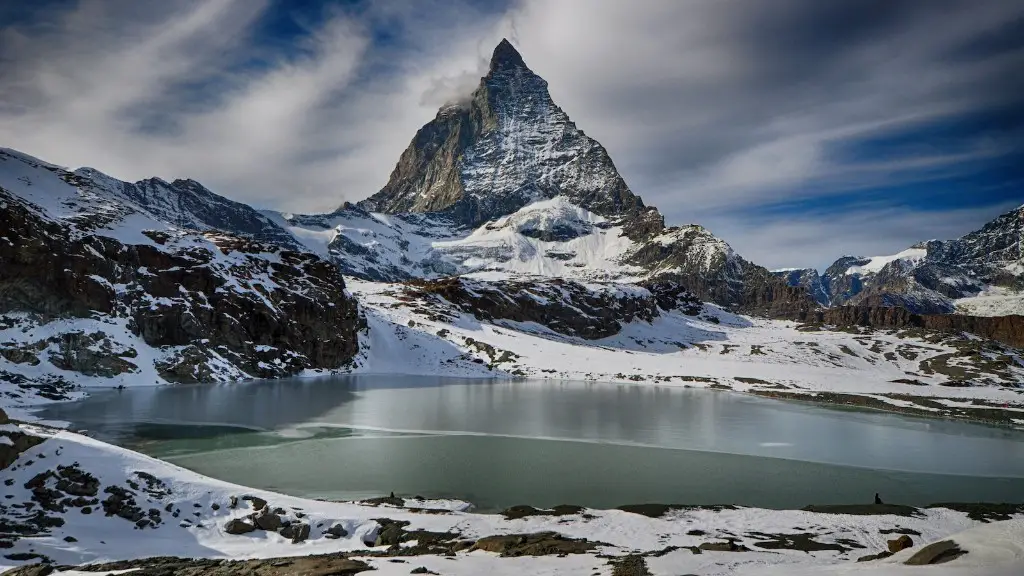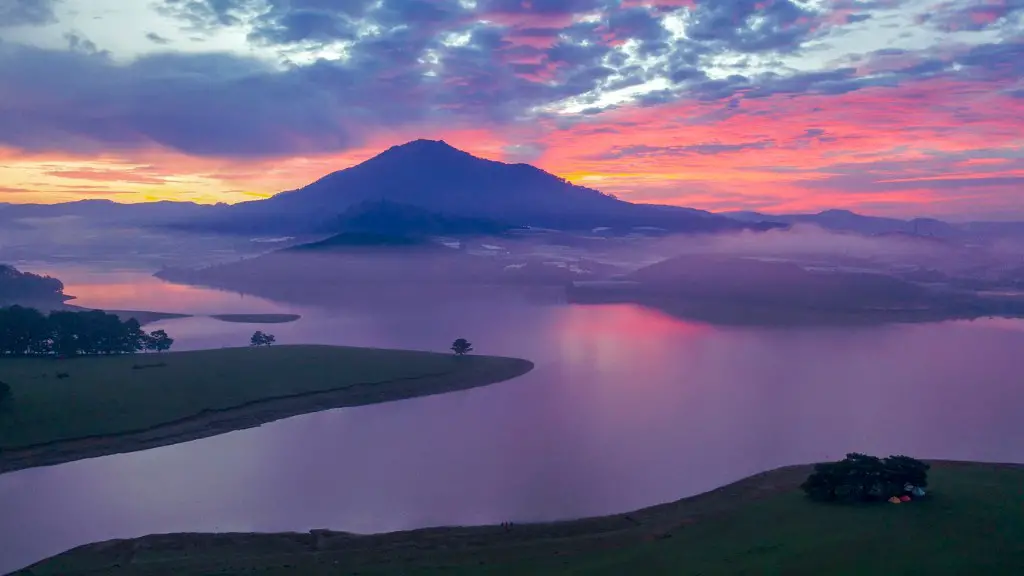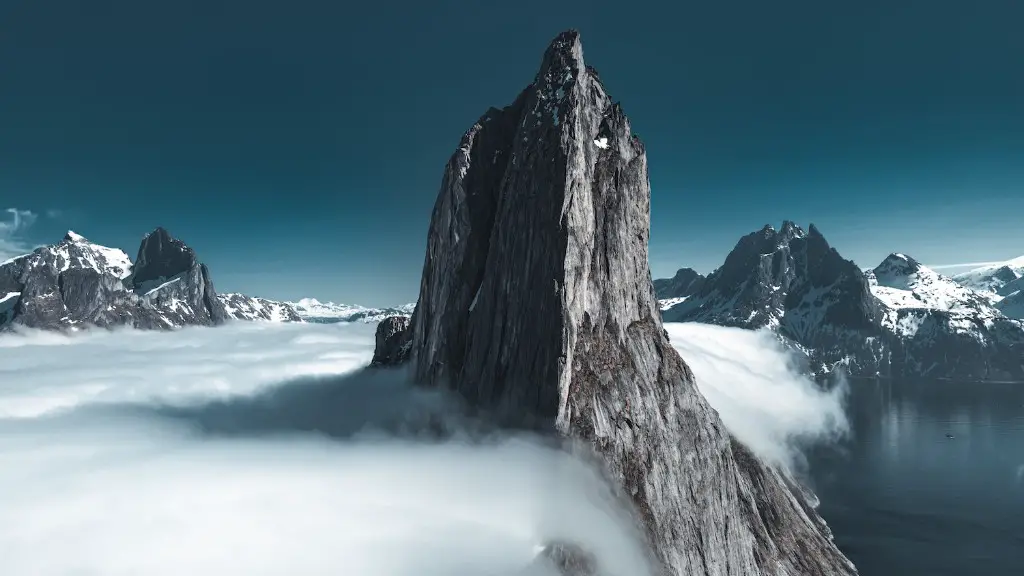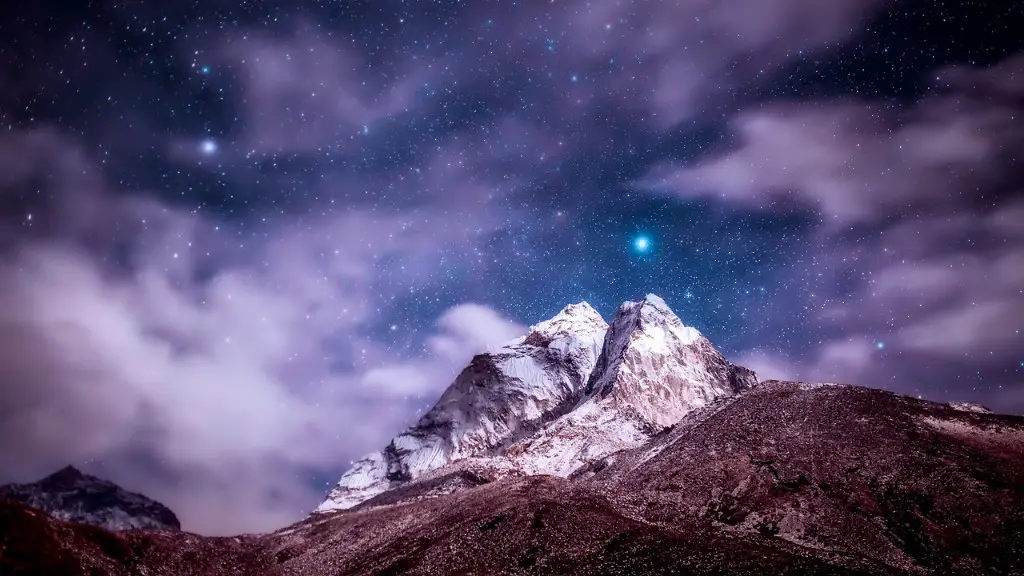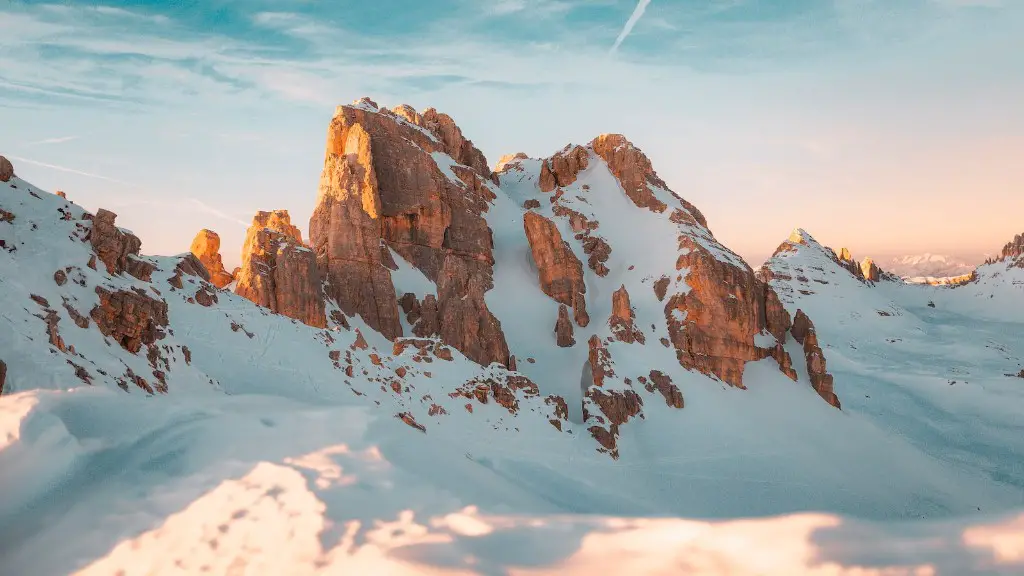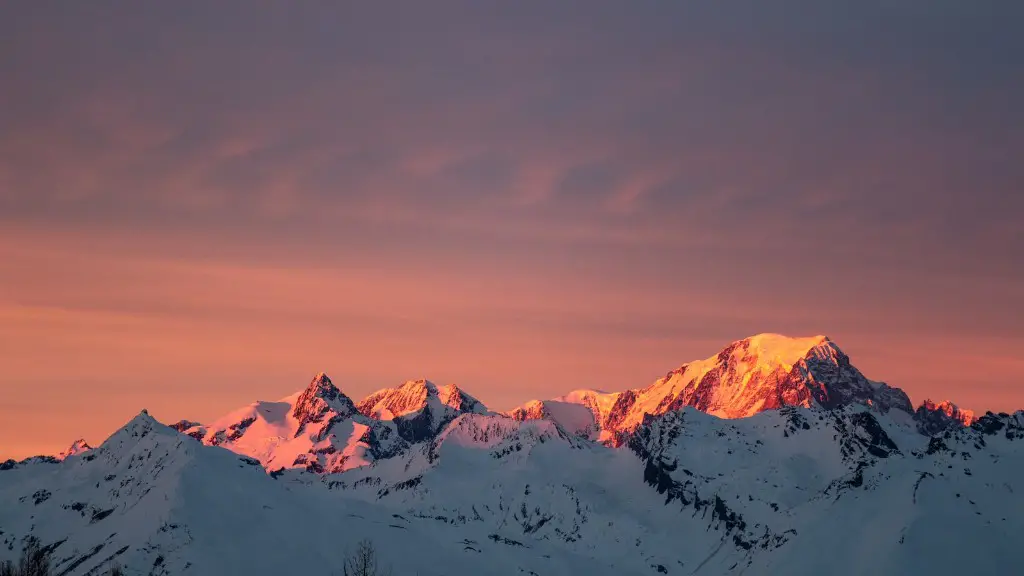Since Mount Everest is the tallest mountain in the world, it is also one of the most popular climbing destinations. Every year, hundreds of people attempt to reach the summit. However, the mountain is also one of the most dangerous, and many climbers have died in the attempt. It is estimated that there are around 200 bodies still on the mountain, either buried in the snow or frozen in place.
Since Mount Everest is the tallest mountain in the world, it is also the mountain with the most bodies on it. There are currently around 200 bodies on Mount Everest, and the number is increasing every year.
Why don’t they take the dead bodies off of Everest?
The main reason why the corpses of people who died climbing Mt Everest get left there is because they are literally “dead weight.” It is too difficult and dangerous to carry them down, and rescuers have died attempting to carry bodies down. So it is not worth it to try to repatriate a body. It will cost tens of thousands of dollars.
It is estimated that the bodies of at least a third of all who have died on Everest remain there. Some of them are in pieces, pulled apart by avalanches. It is very dangerous to remove remains from the top of the mountain.
What is the oldest dead body on Everest
George Mallory’s body was found in 1999, 75 years after his death in 1924. Mallory had attempted to be the first person to climb Everest, but disappeared before anyone could confirm if he had succeeded. The discovery of his body was made possible by an unusually warm spring, which melting the snow and revealing his remains.
It is true that there are at least 200 corpses on Everest. It is a sad reality that people have died trying to climb the world’s tallest mountain. While some of these bodies may be visible, others are not. It is important to be aware of the dangers of climbing Everest before attempting to do so.
Who is the hanging body on Everest?
Green Boots is a sad reminder of the dangers of climbing Everest. Every year, people die trying to summit the world’s highest mountain, and Green Boots is a grim reminder of that fact. It is believed that the body belongs to Tsewang Paljor, an Indian climber who died on Everest in 1996. While the body has not been officially identified, it is a chilling reminder of the risks involved in climbing Everest.
The high cost and inherent risks associated with retrieving bodies from Mount Everest have claimed the lives of many Sherpas in the past. This is an incredibly dangerous undertaking, and one that is generally not worth the price tag.
What is the most famous dead body on Everest?
Green Boots is one of the most famous bodies on Everest. He was an Indian climber and constable with the Indo-Tibetan Border Police. His body was found on May 10th, 1996.
Yes, Green Boots’s body is still on Mount Everest and is now a landmark on the mountain.
How long can you stay in the death zone on Everest
Many people are not aware of the dangers of staying in the death zone for too long. The death zone is the area above 8,000 meters (26,247 feet) where the oxygen level is so low that it is impossible for humans to survive for more than a few days. The air is so thin in the death zone that the body cannot get the oxygen it needs to function properly. This can cause serious health problems, and even death.
Most of the 200+ climbers who have died on Mount Everest have died in the death zone. People are advised not to stay in the death zone for more than 16 to 20 hours, as shorter stays can also be deadly. This is because the body starts to shut down after just a few hours in the death zone, and it is very difficult to reverse the effects.
If you are planning to climb Everest, or any other high mountain, make sure you are well prepared and know the risks involved. Listen to the advice of the experts and make sure you have a realistic plan for summit day. And most importantly, remember thatcoming down is just as important as going up.
The Mt Everest top sees its coldest temperature from the Mid-December until the Late-January where the average temperature revolves around -37°C(-35°F) Similarly, the average temperature at Everest Base Camp during the winter season is around -17°C(14°F).
How much money is it to climb Mount Everest?
The cost of climbing Mount Everest has continued to increase over the years. In 2017, the cost ranged from $28,000 to $120,000. In 2022, the cost of a trek up Everest will cost you anywhere from $30,000 to $160,000, with the average falling somewhere around $45,000. The reason for the increase in cost is due to the increasing popularity of mountaineering and the demand for permits to climb Everest.
Jordan Romero is an American mountain climber who was 13 years old when he reached the summit of Mount Everest. This is an amazing accomplishment and he is an inspiration to many people.
Can a helicopter reach the top of Everest
A helicopter can fly to the top of Mount Everest as long as the conditions are right. The main factor is the wind speed and direction, as well as the temperature. If the conditions are favorable, a helicopter can reach the summit of Everest.
Climbing above 26,000 feet on Mount Everest is extremely dangerous and can lead to death. This is due to the lack of oxygen in the air at that altitude, which can cause the body’s cells to die. Additionally, climbers can experience impaired judgement, heart attacks, strokes, or severe altitude sickness.
What is the biggest killer on Mount Everest?
This year, most of the fatalities on Everest were due to acute mountain sickness (AMS), or exhaustion, one of the main effects of AMS. Breathing becomes difficult because the body isn’t able to take in as much oxygen. Other symptoms include nausea and vomiting, headaches, dizziness, and shortness of breath.
Everest’s upper reaches are home to few animals due to the permanent snow and lack of vegetation. However, about 150 bird species reside within the park. These birds are hardy and can survive in the harsh conditions.
Has a dog climbed Everest
Mountaineering is definitely not a walk in the park – even for a four-legged furry friend like Rupee. But this pup from India has made history by becoming the first dog to successfully scale to the Mount Everest Base Camp. Impressive, considering that most two-legged climbers struggle with the high altitude and harsh conditions. But Rupee proved that anything is possible with some hard work (or rather, lots of hard climbs) – showing us that even the sky is not the limit!
The blue barrels are for solid human waste. Local porters working on Everest lug the barrels down from base camp to Gorak Shep, a frozen lakebed 17,000 feet above sea level. Here the waste is dumped in open pits.
Conclusion
There is no accurate answer to this question as the bodies on Mount Everest are constantly shifting and moving, and there is no way to keep track of how many bodies remain on the mountain at any given time. Because of this, it is impossible to say how many bodies remain on Mount Everest.
There are currently over 200 bodies remaining on Mount Everest. The majority of these bodies are located in the “death zone” which is above 26,000 feet. Many of the bodies are buried in the snow and are not visible.
